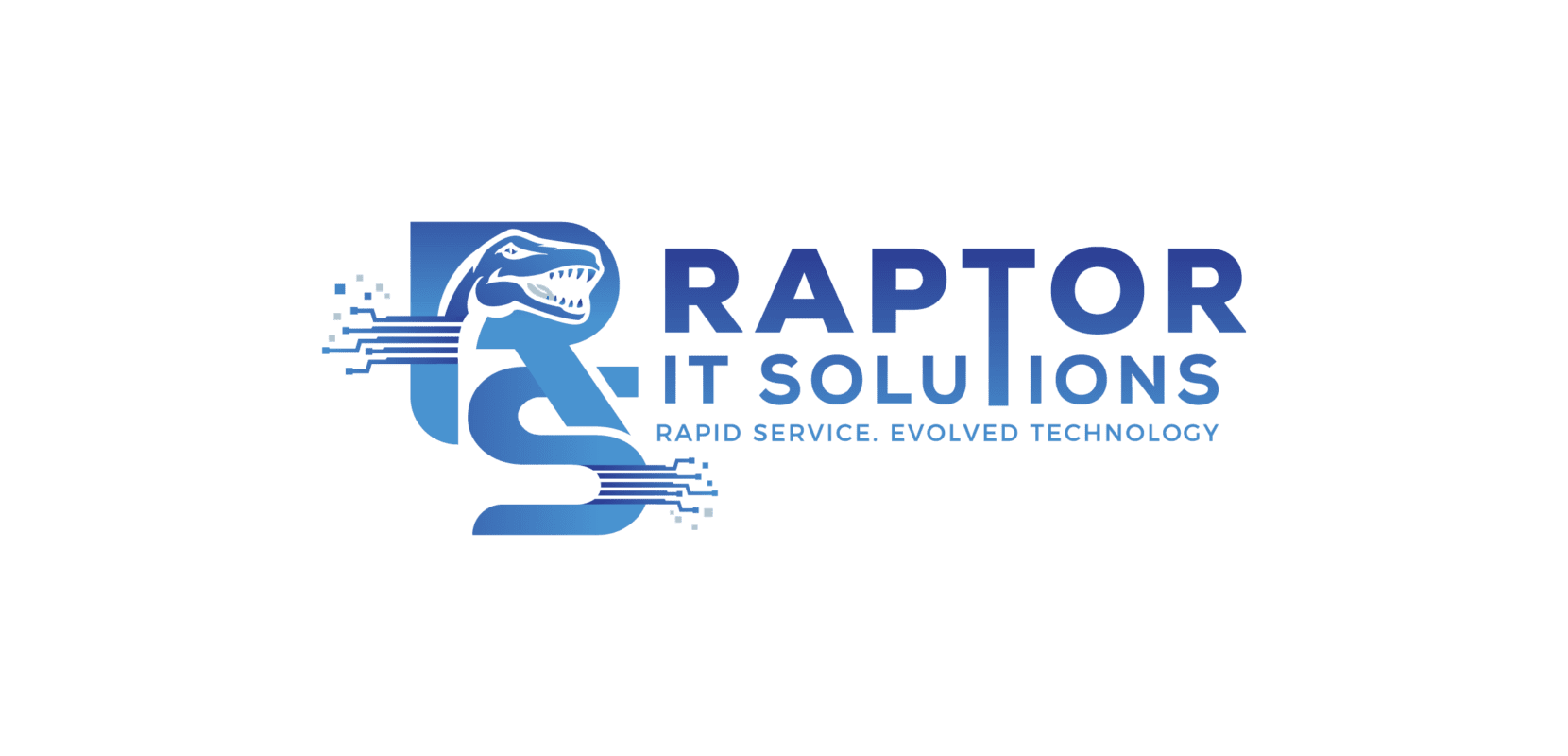In the digital age, businesses rely heavily on technology to streamline operations, enhance productivity, and stay competitive in the market. However, managing IT infrastructure can be complex, time-consuming, and costly for many organizations. This is where managed IT services come into play. In this blog post, we’ll explore the basics of managed IT services, including what they are, how they work, and the benefits they offer to businesses of all sizes. Demystifying Managed IT Services:
What Are Managed IT Services? Managed IT services involve outsourcing the management and maintenance of a company’s IT infrastructure to a third-party provider, known as a managed service provider (MSP). These services can encompass a wide range of IT functions, including network monitoring, cybersecurity, data backup and recovery, software updates, help desk support, and more. By entrusting these responsibilities to an experienced MSP, businesses can offload the burden of IT management and focus on their core objectives.
How Do Managed IT Services Work? The process of implementing managed IT services typically begins with an assessment of the client’s existing IT infrastructure and business needs. Based on this assessment, the MSP develops a customized service plan tailored to the client’s specific requirements and budget. Once the plan is in place, the MSP assumes responsibility for managing and maintaining the client’s IT systems, ensuring they operate smoothly, securely, and efficiently.
Key Benefits of Managed IT Services
- Proactive Monitoring and Maintenance: MSPs utilize advanced monitoring tools to proactively identify and address potential IT issues before they escalate into major problems. This proactive approach helps minimize downtime, improve system reliability, and optimize performance.
- Enhanced Cybersecurity: With the ever-increasing threat of cyberattacks, cybersecurity is a top priority for businesses. Managed IT services include robust security measures such as firewalls, antivirus software, intrusion detection systems, and regular security audits to protect against cyber threats and safeguard sensitive data.
- Scalability and Flexibility: Managed IT services are highly scalable, allowing businesses to easily adjust their IT resources and services as their needs evolve over time. Whether expanding operations, adding new users, or adopting new technologies, MSPs can accommodate changes without disruption to business operations.
- Cost Savings: Outsourcing IT management to a managed service provider can lead to significant cost savings compared to hiring in-house IT staff and maintaining infrastructure internally. With predictable monthly fees and reduced downtime, businesses can better control their IT expenses and allocate resources more efficiently.
- Access to Expertise: MSPs employ highly skilled IT professionals with specialized knowledge and expertise across various technology domains. By partnering with an MSP, businesses gain access to a team of experienced professionals who can provide strategic guidance, technical support, and innovative solutions to address their IT challenges.
In conclusion, managed IT services offer businesses a cost-effective, efficient, and reliable solution for managing their IT infrastructure. By leveraging the expertise of an experienced MSP, businesses can improve productivity, enhance security, and achieve their business goals more effectively in today’s digital landscape. Demystifying Managed IT Services with Raptor IT Solutions today!








